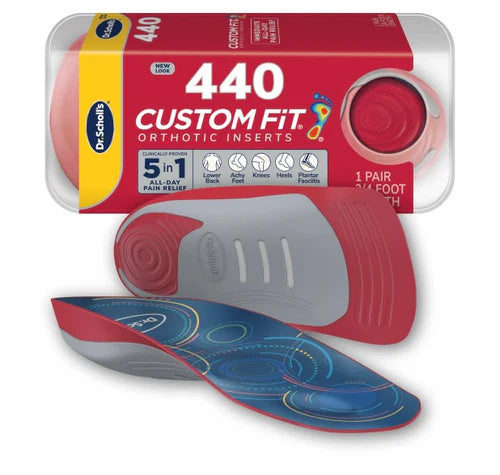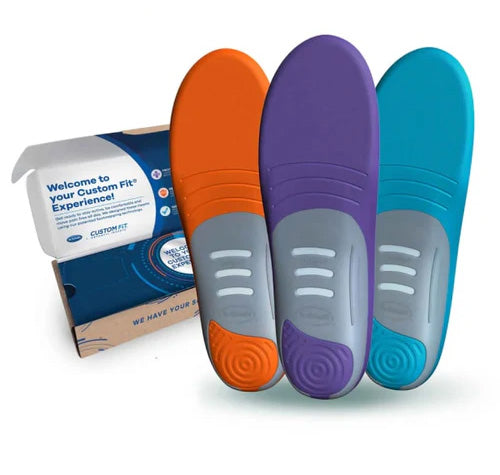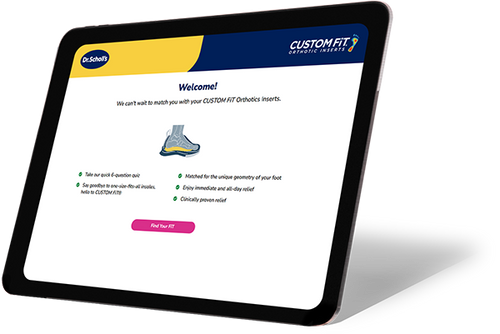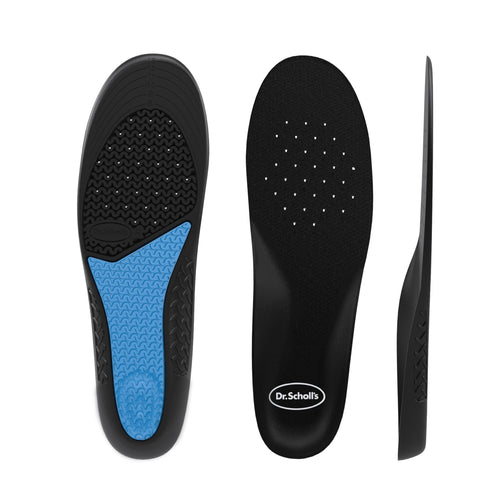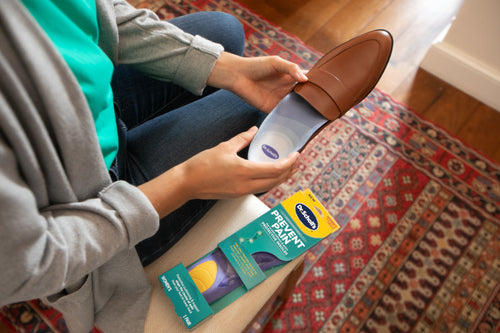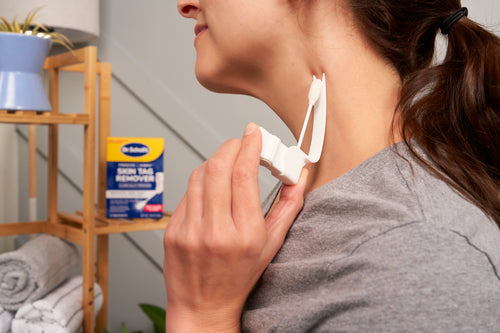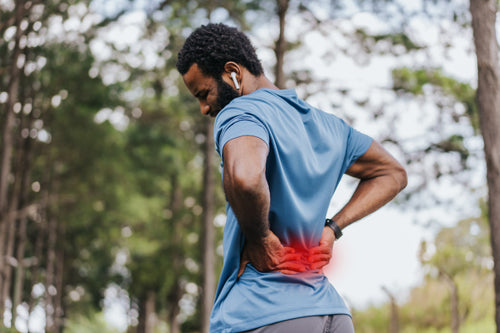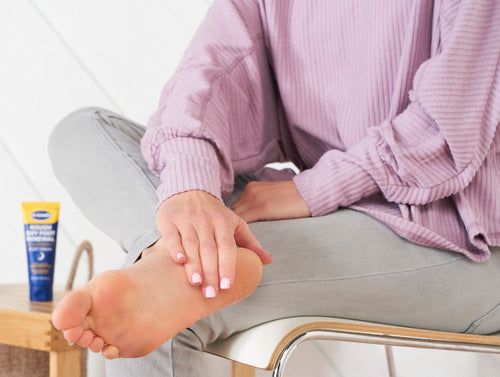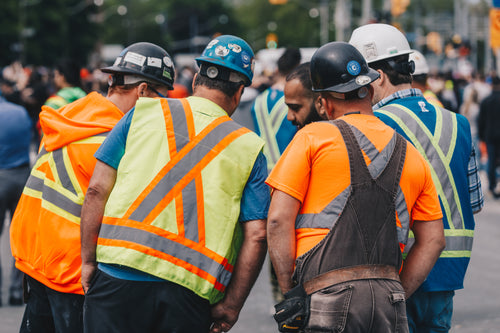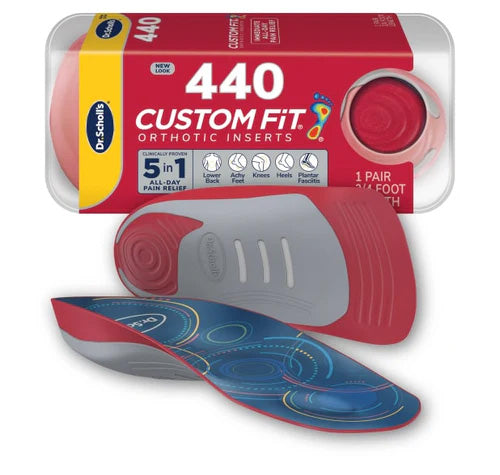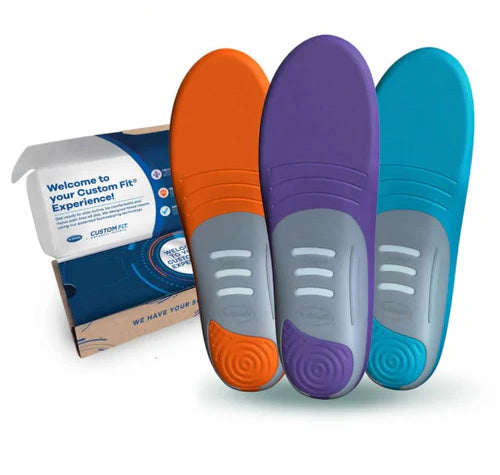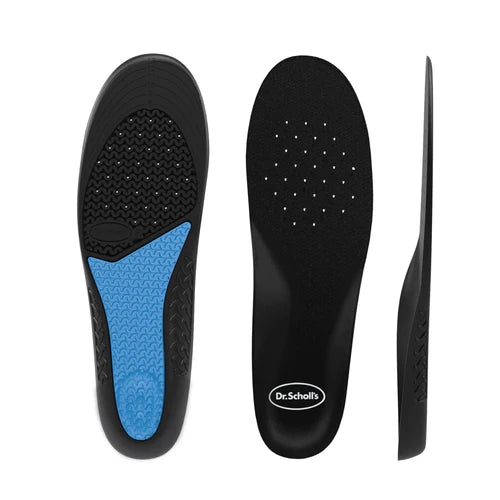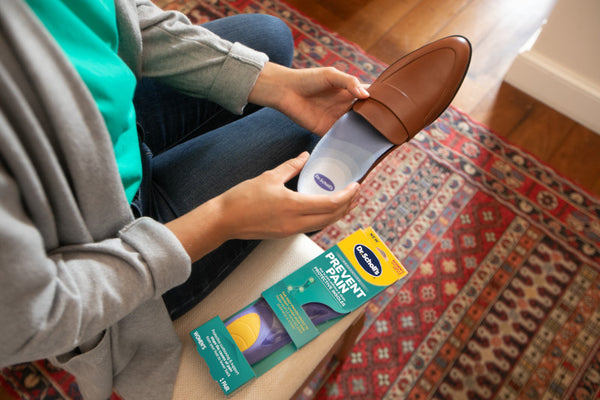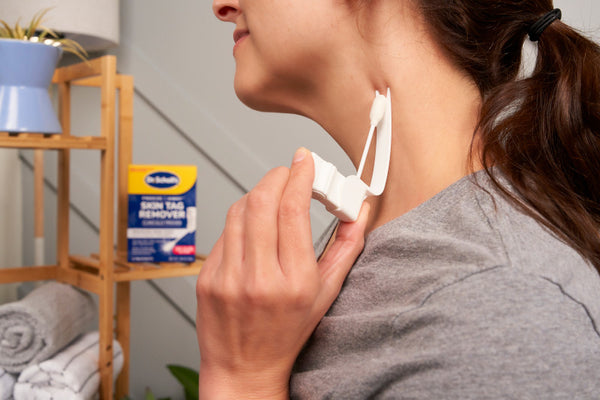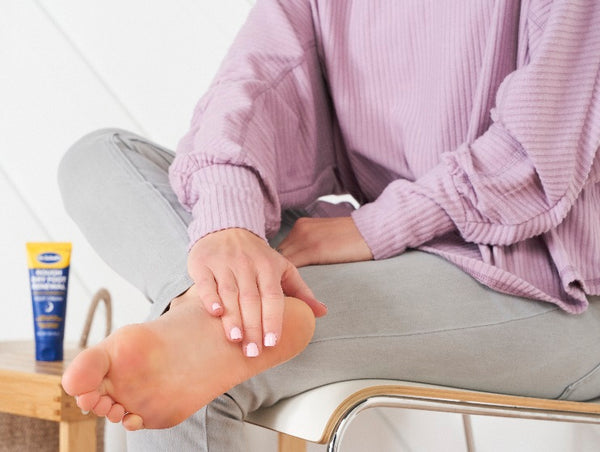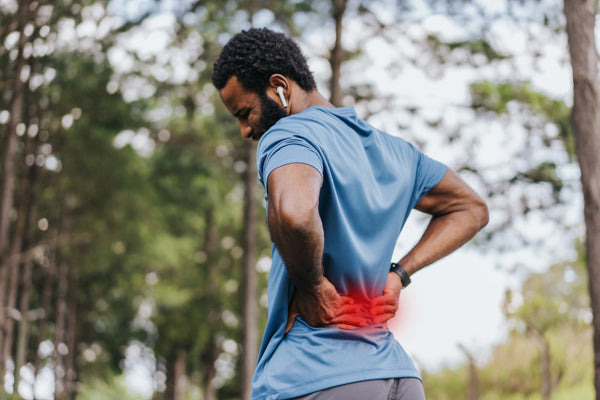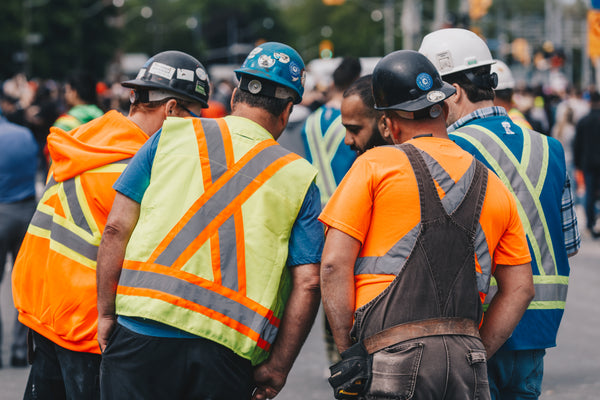There are a number of lower back pain causes:
Mechanical low back pain — Lower back pain often stems from undiagnosed causes that are simply referred to as “mechanical” low back pain. The pain can occur due to overuse, extended activity and overall wear and tear on the ligaments and tendons that support the lower back. Lack of strength in the abdominal muscles plays a major role in the development of mechanical low back pain as weak abdominal muscles cause the lower back muscles to compensate in order to support the lower back. This can cause the lower back muscles to be become overworked.
Injuries — One common reasons for back pain is an injury. Sprains can occur when ligaments become overstretched or tear. This can happen during an accident, while playing sports or when lifting heavy objects. Muscle strains can also cause lower back pain.
Spinal disc issues — Lower back pain can occur due to issues with spinal discs, which are the rubbery pads found between the vertebrae (the bones that comprise the spinal column). Spinal discs help cushion and absorb shock.
- A herniated disc (also known as a slipped disc, protruding disc, bulging disc or ruptured disc) occurs when the jelly-like center of the disc pushes through the exterior portion. This causes pressure that can lead to lower back pain.
- Degenerative disc disease can also cause lower back pain when the discs become damaged or break down due to wear and tear over the years.
Spinal stenosis — Commonly caused by wear and tear, spinal stenosis occurs when the spaces in the spine narrow, putting pressure on the nerves of the spinal cord. In addition to lower back pain, this condition can cause pain and numbness in the legs.
Arthritis in the spine — Certain types of arthritis can affect the spine. Spinal arthritis is most commonly associated with osteoarthritis, which occurs when the cartilage that cushions the ends of the bones wears down. This can lead to pain and stiffness in the lower back.
Sciatica — Usually only affecting one side of the body, sciatica is pain from the sciatic nerve, which runs from the lower back down through the hips, buttocks and legs. The leg on the affected side may experience numbness.
Lower back pain can also occur due to lifestyle factors:
Poor posture — Slouching can cause certain muscles in the lower back to become overworked, contributing to lower back pain. This can occur while standing or sitting. It’s common for office workers to experience lower back pain after sitting all day in an uncomfortable chair with no lumbar support.
Standing for long periods — Hours of standing, especially on hard surfaces, puts pressure on lower back.
Being overweight — Every pound of excess body weight puts stress on the lower back, increasing the chances of pain.
Improper shoes — Wearing shoes that don’t have enough cushioning and support to absorb shock can contribute to lower back pain.

